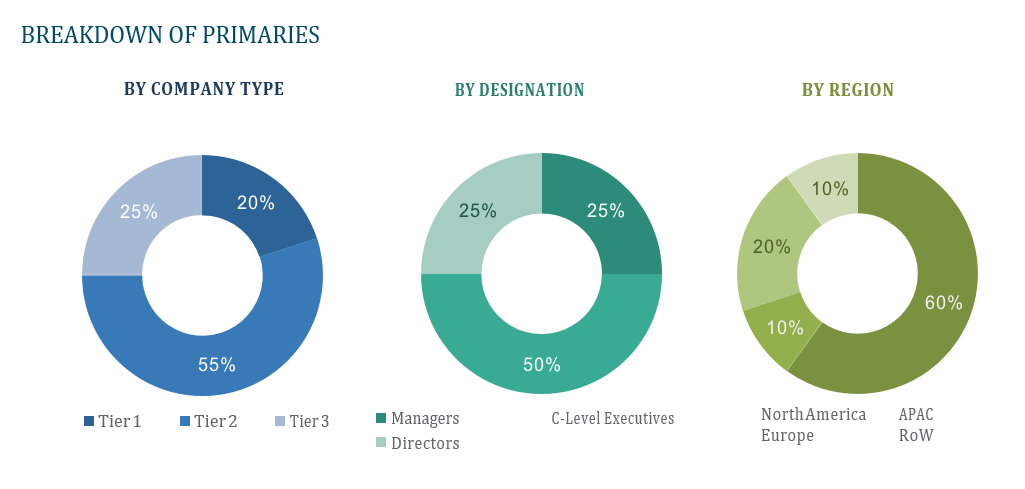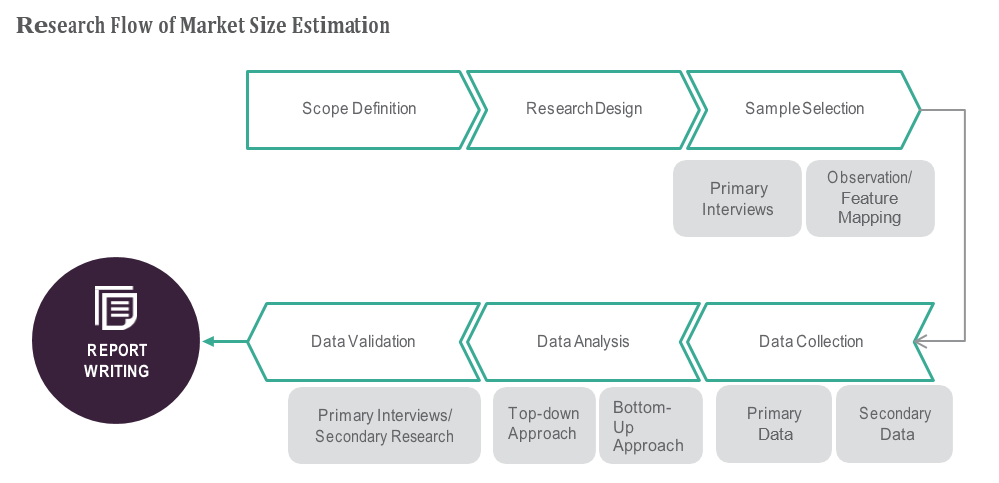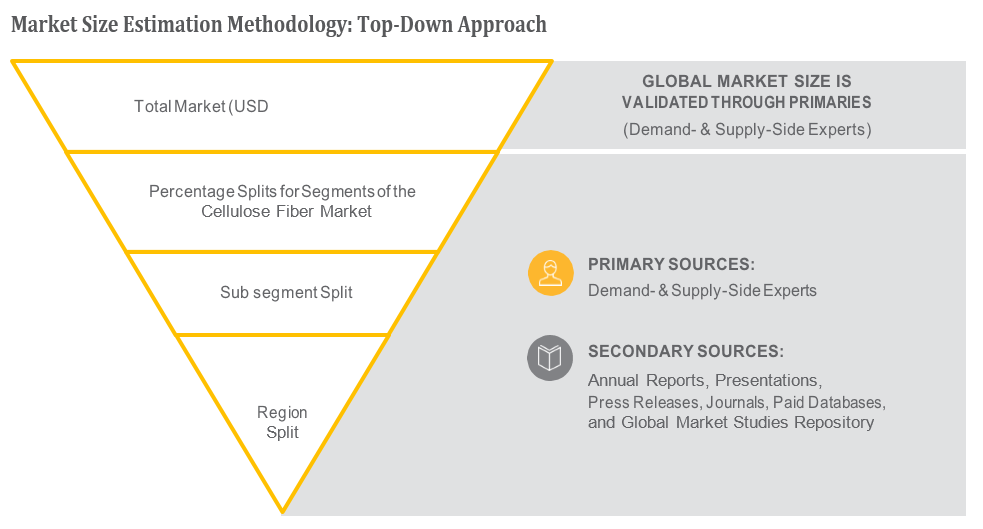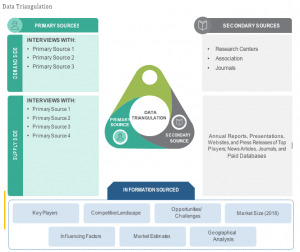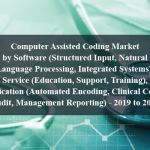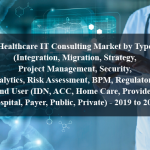OVERVIEW
The Healthcare Education Market is currently valued at USD 108.7 billion in 2024 and will be growing at a CAGR of 8.6% over the forecast period to reach an estimated USD 164.6 billion in revenue in 2029. The healthcare education market encompasses a diverse range of educational activities and resources aimed at preparing individuals for careers in the healthcare industry. This market includes traditional academic programs offered by universities and colleges, as well as vocational training programs, online courses, continuing education opportunities, and specialized training workshops. Key areas of focus within healthcare education include medicine, nursing, allied health professions, public health, healthcare administration, and healthcare technology. With advancements in medical science and technology, healthcare education is continually evolving to meet the changing needs of healthcare professionals and the demands of modern healthcare systems. The market is driven by factors such as the growing demand for skilled healthcare professionals, advancements in healthcare technology, regulatory requirements, and the increasing emphasis on lifelong learning in the healthcare industry.
There’s a growing demand for skilled healthcare professionals due to population growth, aging demographics, and increasing healthcare needs. This demand fuels enrollment in healthcare education programs across various disciplines. Additionally, rapid advancements in medical science and technology necessitate continuous education and training to keep healthcare professionals up-to-date with the latest developments. Regulatory requirements also play a significant role, as healthcare professionals are often required to maintain certain certifications or undergo regular training to comply with standards and regulations. Furthermore, the shifting landscape of healthcare delivery, including the rise of telemedicine and personalized medicine, creates new educational needs and opportunities. Lastly, the emphasis on lifelong learning in the healthcare industry promotes a culture of ongoing education and professional development, further driving the demand for healthcare education programs and resources.
Market Dynamics
Drivers:
There’s a growing demand for skilled healthcare professionals due to population growth, aging demographics, and increasing healthcare needs. This demand fuels enrollment in healthcare education programs across various disciplines. Additionally, rapid advancements in medical science and technology necessitate continuous education and training to keep healthcare professionals up-to-date with the latest developments. Regulatory requirements also play a significant role, as healthcare professionals are often required to maintain certain certifications or undergo regular training to comply with standards and regulations. Furthermore, the shifting landscape of healthcare delivery, including the rise of telemedicine and personalized medicine, creates new educational needs and opportunities. Lastly, the emphasis on lifelong learning in the healthcare industry promotes a culture of ongoing education and professional development, further driving the demand for healthcare education programs and resources.
Key Offerings:
In the healthcare education market, key offerings encompass a diverse array of resources and services tailored to the needs of learners and institutions alike. These offerings include comprehensive academic programs ranging from undergraduate to postgraduate levels, covering disciplines such as medicine, nursing, allied health professions, public health, healthcare administration, and healthcare technology. Additionally, vocational training programs provide practical skills training for specific roles within the healthcare sector. Online courses and distance learning options offer flexibility for learners to access education remotely, catering to busy schedules and geographic constraints. Continuing education opportunities enable healthcare professionals to stay current with advancements in their field and maintain licensure or certification requirements. Specialized training workshops and seminars provide focused instruction on emerging topics or niche areas of practice. Moreover, educational resources such as textbooks, e-books, simulations, and digital learning platforms enhance the learning experience and facilitate knowledge acquisition.
Restraints :
One significant challenge is the high cost associated with healthcare education, including tuition fees, textbooks, and equipment expenses, which may deter individuals from pursuing careers in healthcare or continuing their education. Limited access to educational resources and infrastructure, particularly in underserved areas or developing countries, poses another constraint, preventing aspiring healthcare professionals from accessing quality education. Additionally, regulatory barriers and accreditation requirements can create obstacles for educational institutions, leading to delays or limitations in program development and delivery. Moreover, the rapid pace of technological innovation in healthcare education necessitates ongoing investment in instructional technology and faculty training, which may strain institutional resources. Furthermore, workforce shortages and faculty vacancies within healthcare education institutions can affect program capacity and quality, exacerbating existing challenges. Addressing these restraints requires collaborative efforts among stakeholders to promote affordability, expand access, streamline regulatory processes, and invest in educational infrastructure and faculty development.
Regional Information:
• In North America, the healthcare education market is characterized by a robust ecosystem of institutions and programs catering to diverse learner needs. The region boasts prestigious medical schools, nursing colleges, and allied health programs, offering comprehensive academic curricula and cutting-edge research opportunities. However, high tuition costs and student debt pose significant barriers to access, particularly for marginalized communities. Despite this, initiatives such as scholarship programs and online learning platforms strive to broaden access and address workforce shortages, especially in rural areas. Regulatory requirements vary across jurisdictions, impacting program accreditation and licensure standards.
• In Europe, healthcare education emphasizes interdisciplinary collaboration and evidence-based practice. Accredited programs adhere to stringent quality standards set by regulatory bodies, ensuring consistency and excellence in education delivery. Additionally, the European Union’s mobility programs facilitate cross-border education and training opportunities for healthcare professionals. Challenges include funding constraints and workforce migration, which can strain healthcare systems in certain regions.
• In Asia-Pacific, rapid economic growth drives demand for skilled healthcare professionals, prompting investment in education and training infrastructure. Emerging economies prioritize capacity-building initiatives to address healthcare disparities and improve population health outcomes. However, disparities in access persist, with rural and remote areas facing limited educational resources and faculty shortages. Cultural and linguistic diversity also influence educational practices and curriculum development across the region.
Recent Developments:
• In 2023, HealthStream (US) acquired Electronic Education Documentation System, LLC (US), which will expand Healthstream’s ecosystem by introducing a cutting-edge, cloud-based continuing education management system for healthcare organizations, delivering innovative solutions in the form of Software-as-a-Service (SaaS).
• In 2023, GE Healthcare (US) collaborated with DePuy Synthes (US) to expand the availability of GE Healthcare’s OEC 3D Imaging System alongside DePuy Synthes’ comprehensive product portfolio, providing increased access to surgeons and benefiting more patients throughout the United States.
Key Players:
Pearson Education, McGraw Hill Education, John Wiley & Sons, Kaplan, Inc., Reed Elsevier, Wolters Kluwer, Apollo Education Group, Cengage Learning, HCA Healthcare, and Ascend Learning.
1) What is the projected market value of the Healthcare Education Market?
– The Healthcare Education Market is expected to reach an estimated value of USD 5.62 billion in revenue by 2029.
2) What is the estimated CAGR of the Healthcare Education Market over the 2024 to 2029 forecast period?
– The CAGR is estimated to be 15.1% for the Healthcare Education Market over the 2024 to 2029.
3) Who are the key players in the Healthcare Education Market?
– Pearson Education, McGraw Hill Education, John Wiley & Sons, Kaplan, Inc., Reed Elsevier, Wolters Kluwer, Apollo Education Group, Cengage Learning, HCA Healthcare, and Ascend Learning.
4) What are the drivers for the Healthcare Education Market?
– The demand for skilled healthcare professionals is increasing due to population growth, aging demographics, and increasing healthcare needs. This demand drives enrollment in healthcare education programs, continuous training, regulatory compliance, and the shift to telemedicine and personalized medicine. The emphasis on lifelong learning further drives the demand for healthcare education programs.
5) What are the restraints and challenges in the Healthcare Education Market?
– Healthcare education faces challenges due to high costs, limited access to resources, regulatory barriers, and technological innovation. Limited resources, particularly in underserved areas, and workforce shortages further impede quality. To address these issues, stakeholders must collaborate to promote affordability, expand access, streamline processes, and invest in educational infrastructure and faculty development.
6) What are the key applications and offerings of the Healthcare Education Market?
– The healthcare education market offers a variety of resources and services, including academic programs, vocational training, online courses, continuing education, specialized training workshops, and digital learning platforms. These programs cater to various disciplines, provide practical skills training, and offer flexibility for learners, ensuring they stay current with advancements and maintain licensure or certification requirements.
7) Which region is expected to drive the market for the forecast period?
– North America is expected to have the highest market growth from 2024 to 2029
Why Choose Us?
Insights into Market Trends: Global Market Studies reports provide valuable insights into market trends, including market size, segmentation, growth drivers, and market dynamics. This information helps clients make strategic decisions, such as product development, market positioning, and marketing strategies.
Competitor Analysis: Our reports provide detailed information about competitors, including their market share, product offerings, pricing, and competitive strategies. This data can be used to inform competitive strategies and to identify opportunities for growth and expansion.
Industry Forecasts: Our reports provide industry forecasts, which will inform your business strategies, such as investment decisions, production planning, and workforce planning. These forecasts can help you to prepare for future trends and to take advantage of growth opportunities.
Access to Industry Experts: Our solutions include contributions from industry experts, including analysts, consultants, and subject matter experts. This access to expert insights can be valuable for you to understand the market.
Time and Cost Savings: Our team at Global Market Studies can save you time and reduce the cost of conducting market research by providing comprehensive and up-to-date information in a single report, avoiding the need for additional market research efforts.


